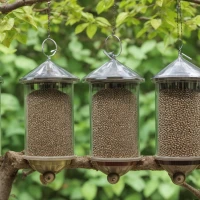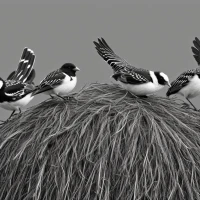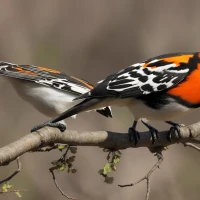How to Grow Coneflowers From Seeds: Ultimate Guide for Stunning Blooms. Imagine stepping into a garden bursting with vibrant hues, where the air hums with the cheerful chirping of birds drawn to the dazzling coneflowers. This ultimate guide unlocks the secrets to transforming tiny seeds into a spectacular floral display that not only enchants the eye but also creates a haven for our feathered friends. Dive in to discover expert tips and proven techniques that will make your garden the envy of your neighborhood. Get ready to witness a symphony of colors and sounds as you master the art of growing coneflowers from seeds.
Plant Coneflower Seeds in Your Garden

Growing coneflowers from seeds can transform your garden with vibrant blooms that attract pollinators and add a touch of natural beauty. To begin, plant coneflower seeds in your garden during the early spring after the final frost. Choose a location that receives full sunlight, as coneflowers thrive in well-lit areas. Prepare the soil by ensuring it is well-draining and enriched with organic matter.
Scatter the seeds thinly across the soil surface and cover them lightly with a thin layer of soil or compost. Water the area gently but thoroughly to help the seeds settle in. Maintaining consistent moisture is crucial during the germination period, which typically takes 10 to 14 days. Once seedlings emerge, thin them to allow proper spacing, ensuring they have room to grow.
As your coneflowers mature, they require minimal maintenance. Water the plants deeply but infrequently, allowing the soil to dry out between watering sessions. Deadhead spent blooms to encourage continuous flowering throughout the season. By following these steps to plant coneflower seeds in your garden, you can achieve a stunning display of vibrant, long-lasting blooms that enhance the aesthetics of your outdoor space. With a bit of effort and patience, your coneflower garden will thrive and become a focal point of natural beauty.
When to Plant Coneflower Seeds
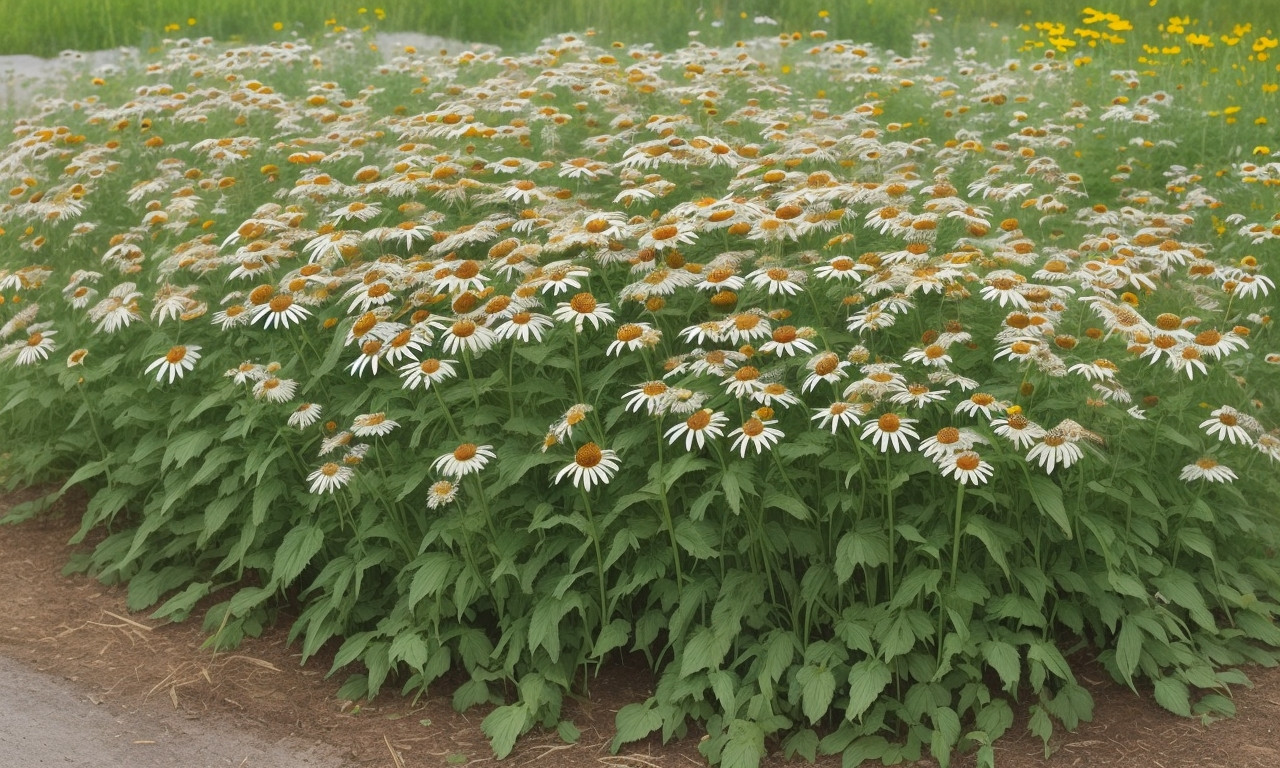
Growing coneflowers from seeds is a rewarding endeavor that offers vibrant, stunning blooms to enhance any garden. To start, it’s crucial to know when to plant coneflower seeds. The ideal planting time is in the spring, after the risk of frost has passed, or in the fall directly in the ground to allow for natural cold stratification during winter.
Begin by selecting a well-draining site that receives full sun for the best blooming results. Prepare the soil by loosening it and incorporating organic matter to improve fertility. When sowing seeds, plant them just beneath the soil surface and cover lightly. Consistent moisture is essential during the germination period, which typically takes about 10-20 days.
As seedlings emerge, thin them out to ensure adequate space for growth, aiming for a final spacing of about 12-24 inches apart. Once established, coneflowers are low-maintenance, drought-tolerant, and attract pollinators, providing ecological benefits. Regular deadheading will encourage continuous blooming, while periodic fertilization will boost plant health.
Knowing when to plant coneflower seeds ensures a thriving garden display. Adhere to these guidelines, and within a season or two, your garden will be adorned with the iconic, lively colors of coneflowers, creating a picturesque and pollinator-friendly environment.
How to Plant Coneflower Seeds
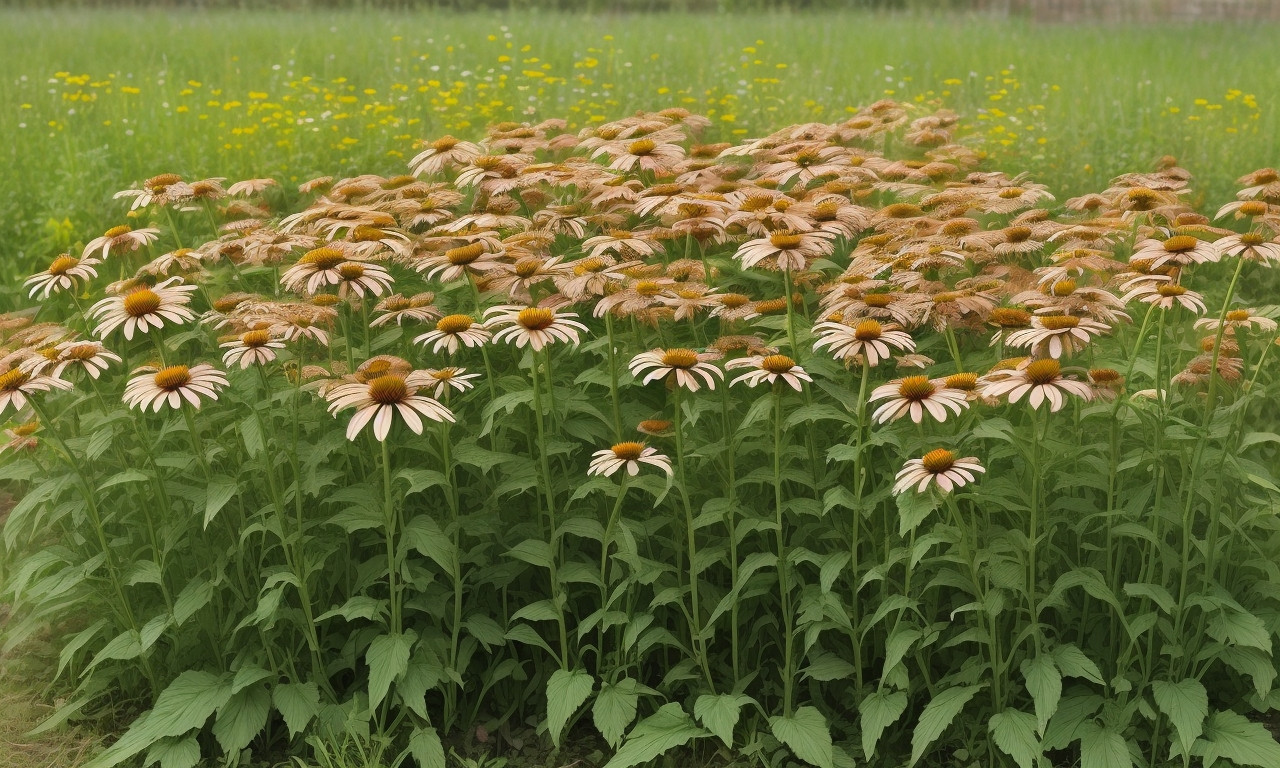
If you’re looking to cultivate vibrant coneflowers that will elevate the aesthetics of your garden, understanding how to plant coneflower seeds effectively is essential. Begin by selecting a suitable location that receives ample sunlight, as coneflowers thrive in full sun. The soil should be well-draining to prevent waterlogging, which can harm seed germination.
Start the seed planting process in early spring or fall. Prepare the soil by loosening it to a depth of about 12 inches, adding compost to enhance fertility. Scatter the coneflower seeds evenly over the soil surface, then lightly press them into the ground, ensuring each seed is covered by a thin layer of soil. Water the area gently, keeping the soil consistently moist but not waterlogged until germination occurs, which typically takes two to four weeks.
Once the seedlings emerge, thin them out to prevent overcrowding, allowing sufficient space for each plant to grow robustly. Continue to water the seedlings regularly, particularly during dry spells, and protect them from pests and wildlife that may disrupt growth. By following these steps on how to plant coneflower seeds, you’ll be rewarded with a stunning display of colorful blooms that add beauty and attract beneficial pollinators to your garden.
When Do Coneflower Seedlings Emerge?

Growing coneflowers from seeds offers a rewarding experience with stunning blooms that can enrich any garden. These vibrant flowers are not only visually appealing but also attract a host of pollinators such as bees and butterflies. To start, sow coneflower seeds indoors about 8 to 10 weeks before the last expected frost date. Fill trays with seed-starting mix, press seeds into the soil, and lightly cover them. Keep the soil moist and maintain a temperature of around 70°F (21°C).
When do coneflower seedlings emerge? Typically, seedlings start to appear within 10 to 20 days. It’s crucial to provide ample light, either natural or via grow lights, to ensure healthy growth. Once the seedlings have two sets of true leaves and the threat of frost has passed, they can be transplanted outdoors. Choose a sunny location with well-draining soil to plant your young coneflowers.
Continually monitor the plants for proper hydration and watch out for pests. Mulching around the plants helps retain soil moisture and stave off weeds. By following these steps, you can anticipate beautiful coneflower blooms throughout the summer, creating a captivating and resilient garden display. This guide ensures that you’ll be well-prepared for successful coneflower cultivation from seed to bloom.
What Problems Can Affect Coneflower Seedlings?
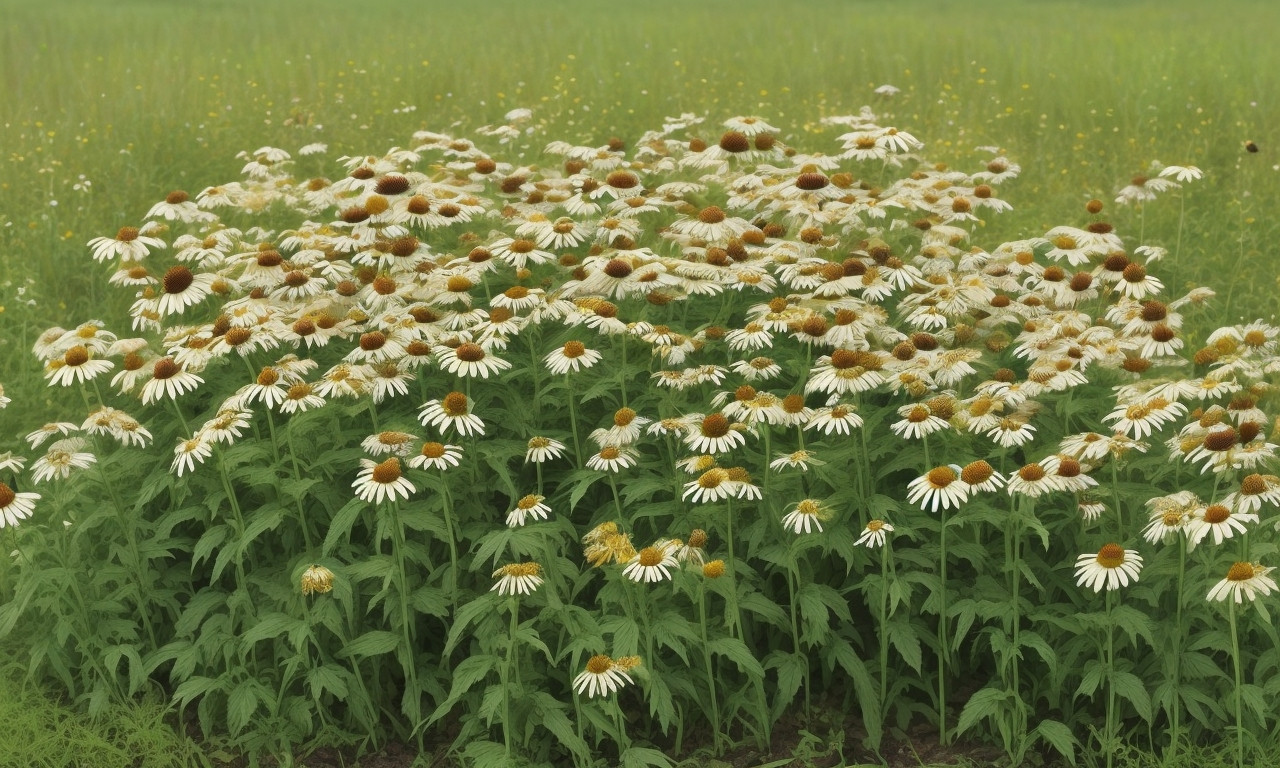
Growing coneflowers from seeds can be a rewarding experience, leading to vibrant and sturdy blooms in your garden. To ensure successful growth, it is essential to be aware of potential challenges. So, what problems can affect coneflower seedlings? One common issue is damping-off disease, which causes seedlings to rot at the soil level, leading to their collapse. This can be mitigated by ensuring proper air circulation and avoiding overwatering.
Another problem is pest infestations. Aphids and spider mites can damage young coneflowers by sucking sap from the leaves, resulting in stunted growth. Employing natural predators or insecticidal soap can help manage these pests effectively. Additionally, young seedlings are susceptible to root rot, primarily caused by poorly draining soil or excessive watering. Using well-draining soil and watering only when necessary can prevent this issue.
Poor germination rates can also affect coneflower seedlings. This may be due to using old or improperly stored seeds. Ensuring you use fresh, viable seeds and maintaining the correct soil temperature can enhance germination success. Lastly, nutrient deficiencies in the soil can lead to weak seedlings. Applying a balanced, slow-release fertilizer can support robust growth. Addressing these common problems will greatly enhance your chances of growing stunning coneflowers from seeds.
Can You Harvest and Save Coneflower Seeds?

Coneflowers are beloved for their vibrant colors, sturdy stems, and their ability to attract pollinators like bees and butterflies. Growing Coneflowers from seeds can be a highly rewarding endeavor. To begin, sow the seeds in late fall or early spring. The seeds require a cold stratification period, which simulates winter conditions. After sowing, cover them lightly with soil and keep the area moist but well-drained.
Once your seedlings emerge, ensure they receive plenty of sunlight. Water the plants consistently, but do not let the soil become waterlogged. Use a fertilizer sparingly, as coneflowers do not require heavy feeding.
A common question enthusiasts ask is, “Can you harvest and save coneflower seeds?” Absolutely! When the blooms begin to fade and the seed heads turn brown, snip them off and allow them to dry fully. Once dried, you can gently shake the seeds from the head and store them in a cool, dry place for future planting.
Remember, patience is key. Coneflowers may not bloom in their first year from seed but will reward you with stunning blooms in subsequent seasons. With the proper care and attention, your garden will burst with the delightful hues of these resilient flowers.



